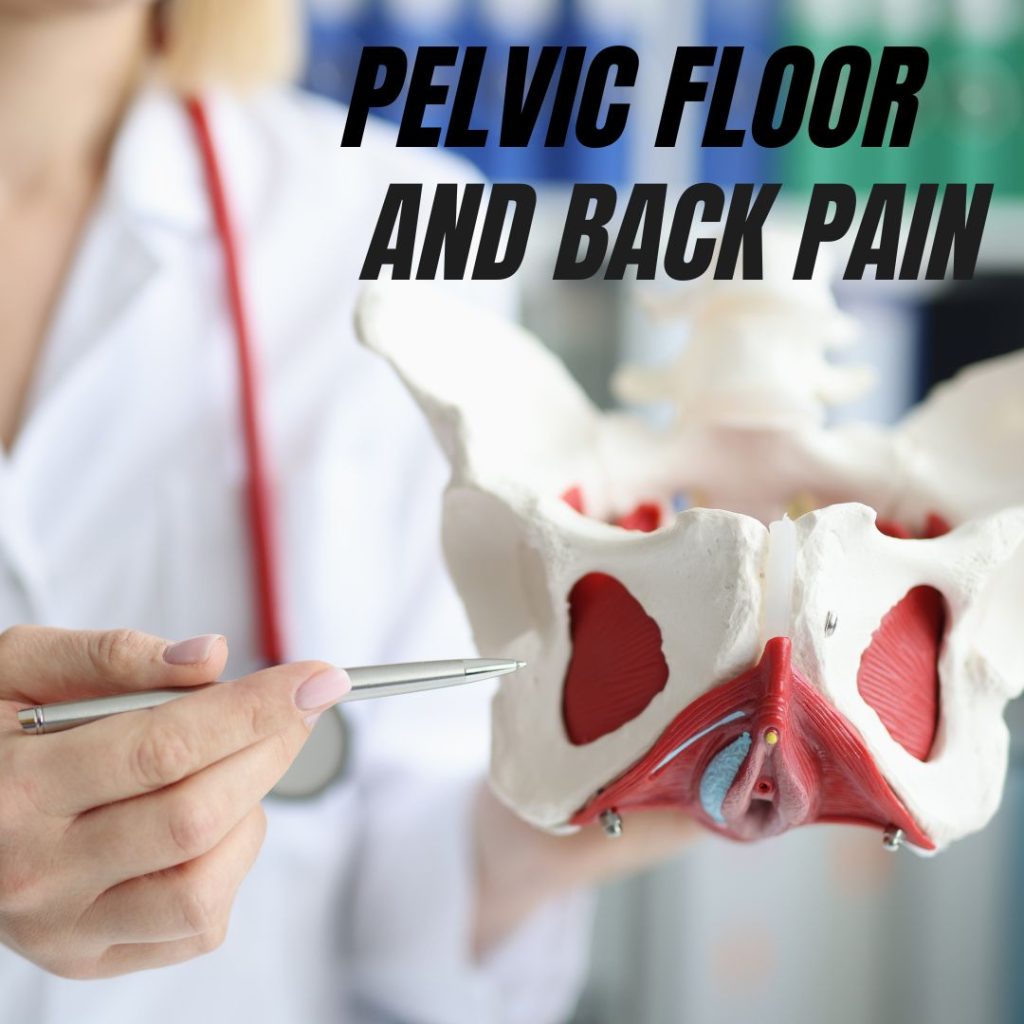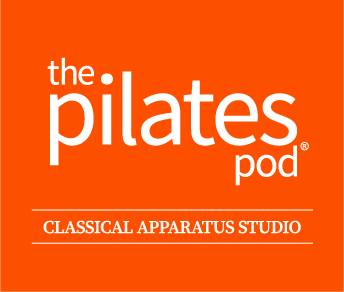
When we think about core strength, most of us picture abs, sit-ups, and planks, but the core is so much more than just the front of your body.
It’s an interconnected system of muscles that includes the back, abdomen, diaphragm, and pelvic floor. A lesser-known but equally crucial part of the core, the pelvic floor muscles play a huge role in stability, movement, and overall body function. What’s fascinating is how the pelvic floor muscles and back muscles work in harmony—and how dysfunction in one area can cause serious problems in the other.
In this blog, we’ll explore the intimate connection between these two muscle groups, how they collaborate, and how a problem in one can lead to pain and dysfunction in the other.
The Role of Pelvic Floor Muscles
The pelvic floor muscles are often overlooked, but they are key players in core stability. These muscles form a hammock-like structure that stretches from the pubic bone at the front to the tailbone at the back, supporting important organs like the bladder, rectum, and uterus (in women). They help control bladder and bowel functions, contribute to sexual health and arousal, and most importantly for our discussion, they are integral to core stability and posture.
The Role of Back Muscles
The back muscles—especially the deeper muscles like the multifidus and the larger erector spinae—support your spine, allow you to stand upright, bend, twist, and move efficiently. These muscles are also part of the core, working alongside the pelvic floor to keep your body balanced and strong. They help maintain good posture and protect your spine from injury by stabilizing the entire body during movement.
How Do They Work Together?
The pelvic floor muscles and back muscles work together as part of the core muscle system, which includes the diaphragm and the deep abdominal muscles. This system is responsible for:
- Stabilising the Spine
Both the pelvic floor and back muscles play a significant role in maintaining spinal alignment. Every time you move—whether you’re walking, lifting something, or even sitting—the pelvic floor and back muscles are working together to stabilize the pelvis and spine. Without this coordination, simple movements could become strenuous, leading to pain and dysfunction. - Regulating Intra-Abdominal Pressure
When you lift heavy objects, cough, or even laugh, there’s an increase in intra-abdominal pressure—the pressure inside your abdominal cavity. The pelvic floor muscles and back muscles work together to manage this pressure and protect your spine. If either muscle group is weak or dysfunctional, it could lead to issues like lower back pain or even conditions like incontinence. - Maintaining Posture
Your pelvic floor muscles and back muscles must coordinate to maintain a neutral posture. A balanced posture prevents unnecessary strain on the spine and keeps your body in an optimal position. Misalignment or weakness in one area can throw off your posture, leading to compensatory muscle tension and pain elsewhere—especially in the lower back or pelvic region.
How Pelvic Floor Issues Can Lead to Back Pain
It’s easy to think of the pelvic floor as an isolated muscle group, but its dysfunction can have widespread effects—especially on the lower back.
- Weak Pelvic Floor Muscles
Weakness in the pelvic floor can lead to instability in the pelvis. When the pelvic floor can’t properly support your pelvic organs, the surrounding muscles (including your back muscles) have to compensate, often leading to lower back pain. This is especially common during pregnancy, postpartum, or after abdominal surgeries when the pelvic floor is often weakened. - Tight or Overactive Pelvic Floor Muscles
On the other hand, overly tight pelvic floor muscles can also create problems. A tight pelvic floor can pull on the muscles and ligaments in the lower back, leading to tension and pain. People with overactive pelvic floor muscles may experience chronic pelvic pain, but it’s not uncommon for this pain to extend into the lower back.
How Back Muscle Issues Can Lead to Pelvic Floor Problems
Just as pelvic floor dysfunction can lead to back issues, problems with your back muscles can contribute to pelvic floor issues.
- Weak Back Muscles
Weakness in the back muscles can cause poor posture, putting additional stress on the pelvic floor. When your back is weak, your body compensates by relying more heavily on the pelvic floor muscles, which can cause them to become overly tight or fatigued. This is a common cause of pelvic pain or even urinary incontinence. - Lower Back Strain and Pelvic Misalignment
If you strain or injure your back, it can affect your pelvis’s alignment. Misalignment can make it difficult for the pelvic floor muscles to function properly, leading to pelvic pain, pressure, or even issues like pelvic organ prolapse in severe cases.
Preventing and Treating Problems
Given the close relationship between the pelvic floor and back muscles, it’s essential to treat them as part of the same system. Here’s how you can keep both healthy:
- Core Stability Exercises
Strengthening the entire core—especially the deeper muscles like the transverse abdominis that are the focus in Pilates—is crucial for spinal and pelvic floor health. - Pelvic Floor Therapy
If you’re experiencing pelvic floor dysfunction, seeing a pelvic floor physical therapist can be life-changing. They can assess whether your pelvic floor is weak or overactive and guide you through exercises or relaxation techniques tailored to your needs. - Posture and Movement Awareness
Maintaining good posture throughout the day can reduce strain on both the pelvic floor and back muscles. Practicing good posture while sitting, standing, and moving ensures that these muscle groups work together effectively, preventing long-term issues. - Flexibility and Mobility
Incorporating flexibility exercises, like yoga or stretching routines, helps ensure that both your pelvic floor and back muscles stay balanced. Tightness in one area can cause dysfunction in the other, so staying flexible is key. - Check your breath
The diaphragm, pelvic floor, and back muscles are part of the core canister, which also includes the deep abdominal muscles. Poor breathing mechanics, anxiety, rushing around and busy lifestyles can cause a shortness of breathing or holding the breath, and this can lead to problems in the pelvic floor and back muscles. So, if in doubt, breathe it out.
